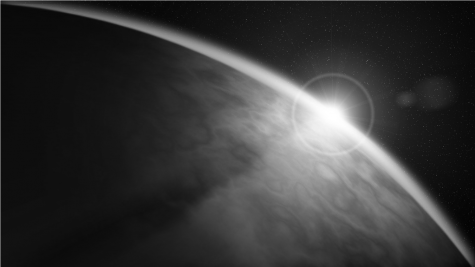An Otherwordly World, Not so Far, Far Away

In a star system not so far, far away, there lies an exoplanet. This exoplanet, peculiar in nature, is truly marvelous, as it is one of the few planets we have discovered that may host liquid water. Meet Proxima Centauri b, this wondrous planet that lies in the realm of Proxima Centauri, the star that is believed to make up part of the Alpha Centauri star system.
Astronomers at Queen Mary University in London announced the discovery of Proxima Centauri b late August this year. Although this finding marks a phenomenal achievement in astrobiology, little is known about the exoplanet itself. Proxima Centauri b is at least as massive as the Earth, and it takes only 11 Earth-days to complete a full-rotation around its star. The star of this system is only twelve percent the mass of our Sun, and it is thought to form a trinary star system with Alpha Centauri a and Alpha Centauri b.
Well, why does this all matter? Proxima Centauri b is definitely not the first exoplanet discovered that may host liquid water. For example, exoplanets like Gliese 436 b, 581 g, and 832c are all suspected to host sustainable environments. However, unlike these others, Proxima Centauri b is incredibly close to Earth. Close, of course, is a relative term, because by ‘close’ we mean 24,690,000,000,000 miles (or 4.2 light years), which is about the length of 3.1 billion Earths stacked together.
Although this distance may seem daunting, it is actually within our reach. Breakthrough Initiatives, described on its website as “a project of scientific and technological exploration,” is currently working on a project called Breakthrough Starshot, which is aiming to create unmanned nanocrafts that can reach twenty percent of the speed of light. These nanocrafts, which will be able to reach the speeds of up to one hundred million miles an hour, will be able to reach our neighboring star system, Alpha Centauri, in just over twenty years.
Although it has not been proven whether Proxima b hosts an environment that can sustain life, we may come to a definitive conclusion by 2018, when the James Webb Space Telescope will be launched. The JWST, which will be the most sophisticated telescope ever built, will arguably to be able to reliably distinguish planets with an atmosphere capable of holding liquid water from planets without.
The deciding factor of Proxima b’s habitability is its atmosphere. If the JWST can capture an image of Proxima b’s surface, astronomers will be able to determine whether Proxima b has a stable atmosphere or not. There are multiple conditions in Proxima Centauri that could keep Proxima b from maintaining an atmosphere, such as solar winds from its star, or the collapse of its atmosphere due to freezing temperatures.
Despite these potential outcomes, the next couple of years may boast the greatest advancement of space exploration, technology, and findings in history.





